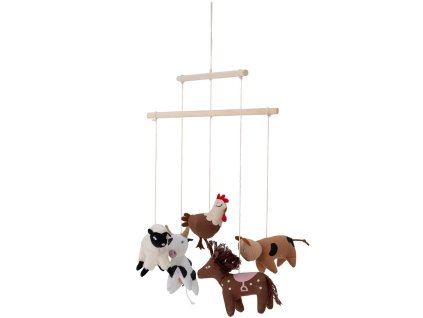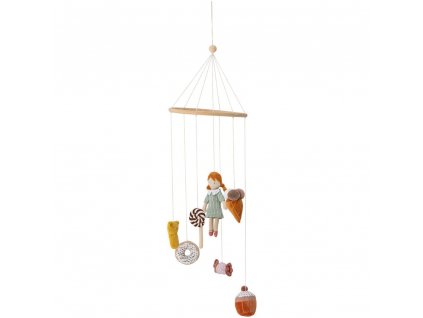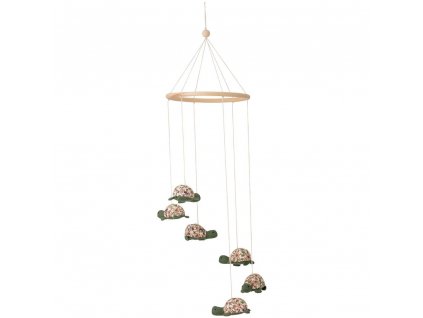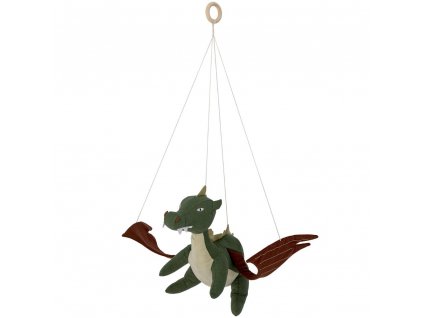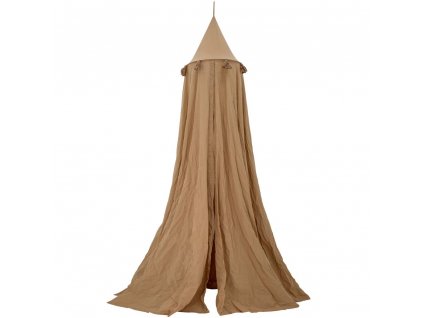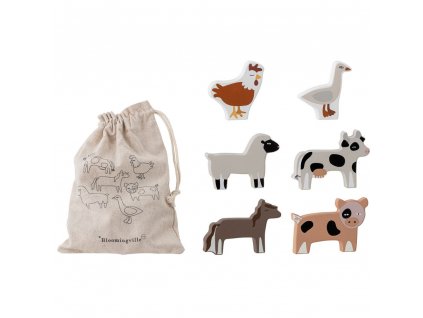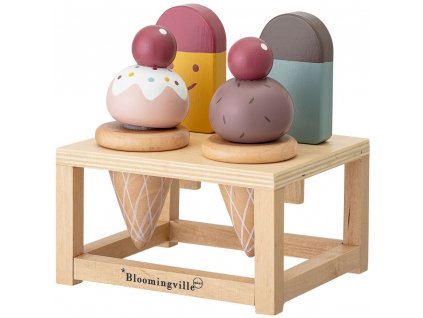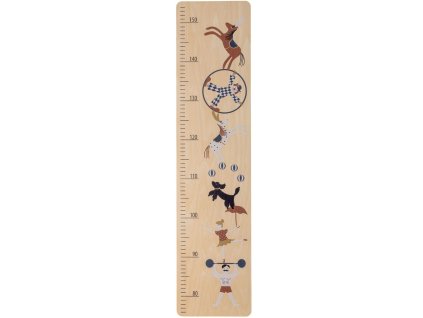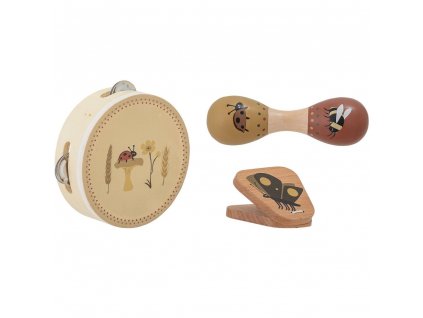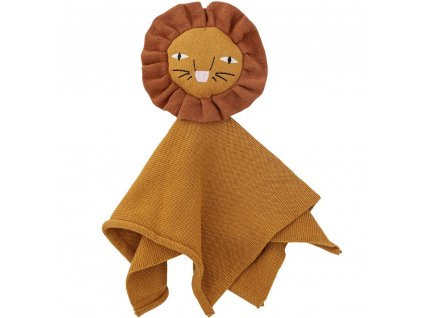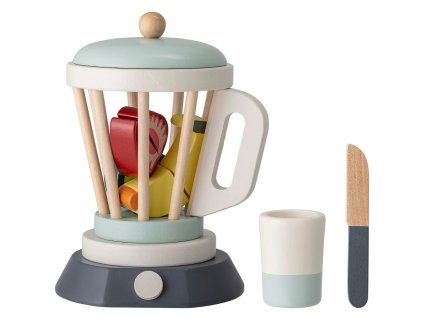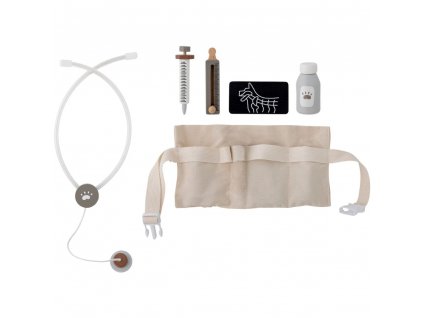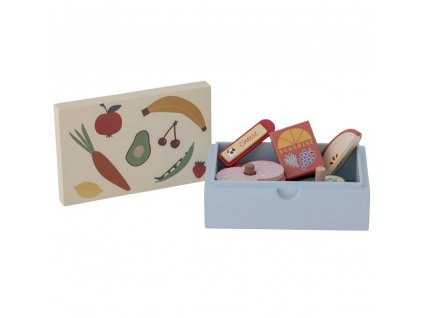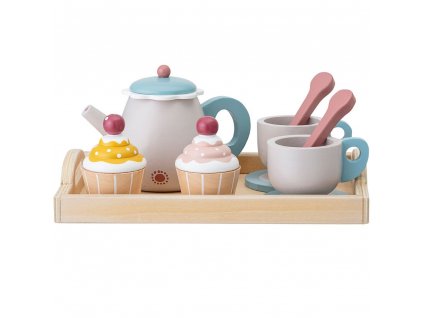Toys
Toys – a fun and educational way to stimulate your child's development
Why is playing with toys beneficial for a child's development?
Playing with toys is incredibly beneficial for a child's development as it fosters holistic growth across cognitive, social, emotional, and physical domains. Toys engage children's imaginations, promoting creativity and problem-solving skills as they explore various scenarios and come up with new ideas. Through play, children develop fine and gross motor skills as they manipulate objects, build structures, and engage in physical activities. Playing with toys also enhances cognitive abilities by encouraging logical thinking, spatial reasoning, and memory retention. Moreover, toys facilitate social interaction and cooperation, teaching children important skills like sharing, turn-taking, and communication as they engage in collaborative play with peers or family members. Additionally, toys can be instrumental in emotional development, offering a safe space for children to express and understand their feelings while nurturing empathy and emotional intelligence. Overall, toys provide a rich and dynamic platform for children to learn, grow, and thrive in various aspects of their development.
For these reasons, we have chosen a variety of toys from renowned manufacturers including Bloomingville, Done by Deer, and Kids Concept.
What are the different types of toys?
Toys come in a wide variety of types, catering to different age groups, interests, and developmental stages of children. Here are some common types of toys:
Building Toys:
- LEGO Sets: Interlocking plastic bricks that allow children to build structures, vehicles, and more.
- Blocks: Wooden or plastic blocks that can be stacked and arranged to build various structures.
- Magnetic Tiles: Tiles with magnets that can be connected to create 3D structures.
Educational Toys:
- Puzzles: Jigsaw puzzles, logic puzzles, and educational puzzles that challenge cognitive skills.
- Educational Kits: Kits that teach science, engineering, and other subjects through hands-on activities.
- Learning Tablets: Electronic devices with educational games and activities.
Art and Craft Toys:
- Crayons, Paints, and Markers: Supplies for drawing and coloring.
- Craft Kits: Kits with materials and instructions for creating various crafts.
- Play-Doh: Moldable and sculptable dough for creative play.
Dolls and Action Figures:
- Fashion Dolls: Dolls with interchangeable clothing and accessories.
- Action Figures: Figures representing characters from movies, TV shows, and more.
- Dollhouses: Miniature houses with furniture and accessories for dolls.
Stuffed Animals and Plush Toys:
- Soft and cuddly animals, characters, and toys.
- Puppets: Hand puppets and finger puppets for storytelling and imaginative play.
Vehicles and Remote-Controlled Toys:
- Toy Cars: Vehicles of various sizes and types, including remote-controlled cars.
- Toy Trucks: Trucks, construction vehicles, and other transportation toys.
Outdoor Toys:
- Bicycles and Scooters: Ride-on toys for outdoor play.
- Playhouses: Outdoor structures for imaginative play.
- Swing Sets and Playsets: Structures with swings, slides, and climbing features.
Electronic Toys:
- Interactive Pets: Robotic pets with features like sound, movement, and responsiveness.
- Electronic Learning Toys: Devices with educational games and activities.
- Electronic Pets: Virtual pets that live on electronic devices.
Board Games and Card Games:
- Classic Board Games: Games like Monopoly, Scrabble, and Chess.
- Strategy Games: Games that require planning and critical thinking.
- Card Games: Games played with decks of cards, like Uno, Go Fish, and more.
Musical Toys:
- Toy Instruments: Miniature versions of musical instruments for play.
- Musical Activity Toys: Toys with sound and music features for sensory play.
Role-Play and Pretend Play Toys:
- Play Kitchen Sets: Miniature kitchens with play food and utensils.
- Costumes: Dress-up clothes and accessories for imaginative play.
These are just a few examples of the many types of toys available. Each type of toy can serve different purposes, from promoting physical activity and creativity to aiding in cognitive development and imaginative play. When choosing toys for children, it's important to consider their age, interests, and developmental needs.
What should I consider when buying a toy for my kid?
- Think about your child's hobbies. What does your kid enjoy doing in their leisure time? What do they like doing the most? Choose toys that are relevant to their interests.
- Toys that are too young or too old for the child can be so annoying, so choose toys that are appropriate for their age. Make sure the toys you pick are suitable for the child's age.
- Choose a toy with an open-ended design that can be utilised in a variety of ways. These types of toys promote imagination and creativity, such as our baby carousel.
You can also shop for kids' cushions, kids' blankets, and other items to help equip your child's room.

